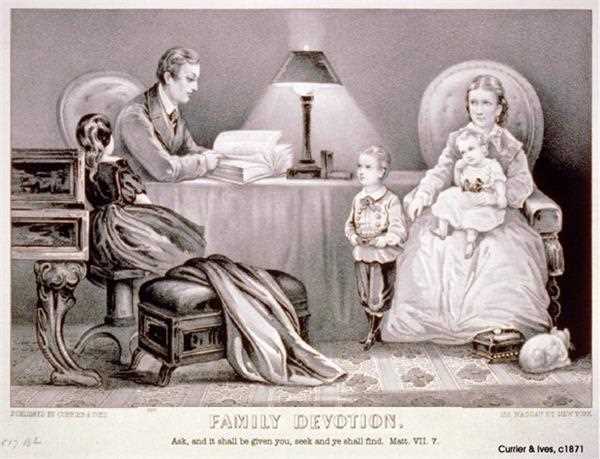The cult of domesticity, also known as the cult of true womanhood, was a social movement that emerged in the early 19th century in the United States. The movement promoted the idea that women's proper place was in the home, where they should focus on domestic tasks such as raising children and maintaining a household. This idealized view of womanhood was used to justify the subordinate position of women in society.
The cult of domesticity was driven by a number of factors, including the Second Great Awakening, which placed a renewed emphasis on Christian values, and the rise of the middle class, which created a new market for domestic goods and services. The cult of domesticity also had a political dimension, as it was used to justify the exclusion of women from the public sphere.
The cult of domesticity had a profound impact on the lives of middle-class women in the 19th century. Women were expected to conform to the ideal of the True Woman, which prescribed a narrow range of acceptable behaviors. Women who deviated from this ideal, either through their own choices or because of circumstances beyond their control, were often subject to criticism and even ostracism. They were expected to be submissive to their husbands, and their primary role was to maintain the home and raise the children. Women were also expected to be pious and virtuous, and they were discouraged from pursuing any sort of paid work. This idea was in stark contrast to the lives of working-class women, who were often forced to take jobs outside the home in order to support their families.
The cult of domesticity had a significant impact on the economy of the 19th century United States. The domestic sphere was seen as a separate and distinct sphere from the public sphere, and as such, it was believed that women's economic activity should be focused on the home. This belief helped to justify the low wages paid to women and the limited opportunities available to them.
The cult of domesticity also had a major impact on education in the 19th century. Women were not seen as capable of higher learning, and as such, they were not provided with the same educational opportunities as men. This lack of educational opportunities helped to perpetuate the idea that women were not suited for intellectual pursuits.
The cult of domesticity also had a profound impact on the way that families were structured. The nuclear family became the norm, and women were expected to be confined to the home. This led to a decline in the extended family, and an increase in the importance of the husband-wife relationship.

The cult of domesticity had a significant impact on
American society as a whole. It helped to shape the middle class and had a profound impact on the economy and the family. The cult of domesticity was a powerful force in shaping the middle class. It helped to define the role of women and to create a separate sphere for the middle class. The cult of domesticity was also a reaction to the changes brought about by the Industrial Revolution.
The cult of domesticity was not limited to the United States; it was also present in other countries, such as England and
France. However, the impact of the cult of domesticity was most keenly felt in the United States, where it helped to shape the lives of middle-class women for generations.